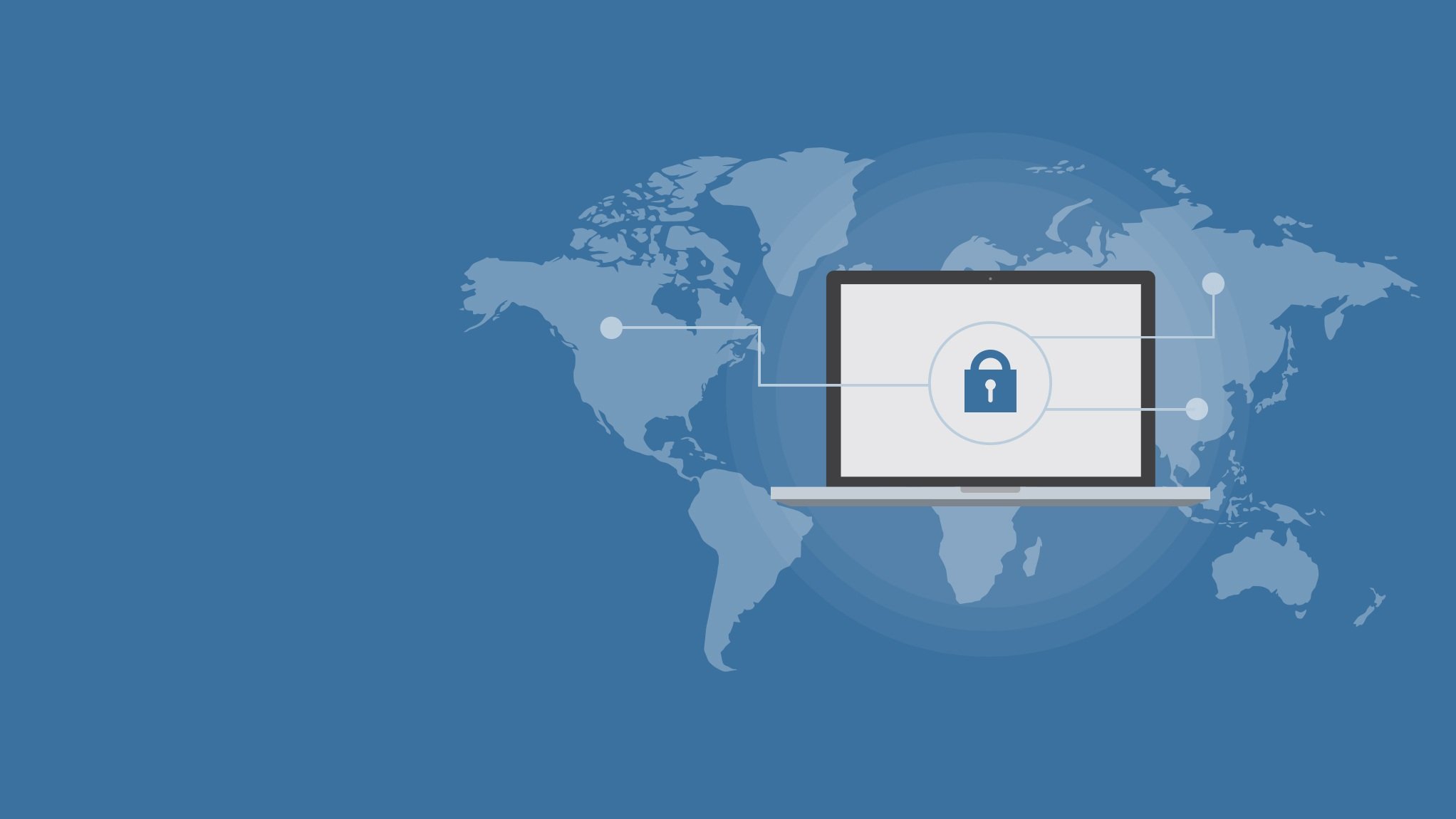As software development becomes increasingly global, companies face difficult regulations based on country, industry, and data type. Compliance is no longer optional; governments worldwide are tightening laws around data privacy, cybersecurity, and AI ethics, forcing development teams to rethink how they build and deploy software.
The Patchwork of Global Data Privacy Laws

One of the biggest hurdles in global software development is complying with conflicting data protection regulations.
GDPR (EU) requires strict user consent, data minimization, and the right to be forgotten. Fines can be up to 4% of global revenue.
CCPA (California): Gives consumers control over personal data, affecting any company serving Californians.
PIPL (China) Demands data localization, which means foreign firms must store Chinese user data within the country.
LGPD (Brazil): Similar to GDPR but with unique breach notification rules.
Challenge: A SaaS company operating in Europe, the U.S., and Asia must implement region-specific data handling, which will increase development and compliance costs.
Cybersecurity Mandates and Software Liability
Governments are shifting liability to software vendors, requiring secure coding practices and vulnerability disclosures.
– EU Cyber Resilience Act (CRA): Forces software makers to patch vulnerabilities throughout a product’s lifecycle.
– U.S. SEC Rules: Public companies must report cyber incidents within 4 days, impacting DevOps monitoring.
– China’s MLPS 2.0: Mandates security reviews for critical software before deployment.
Case Study: A fintech startup delayed its European launch by 6 months after failing a CRA security audit.
AI Regulations: From Ethics to Enforcement

AI-powered software faces unprecedented scrutiny.
– EU AI Act: Bans certain AI uses (e.g., social scoring) and imposes transparency rules for generative AI.
– U.S. AI Executive Order: Requires safety testing for advanced AI models before release.
– China’s Algorithm Registry: Forces companies to disclose AI training data sources.
Impact: Developers must now document AI decision-making processes and allow opt-outs, adding complexity to CI/CD pipelines.
Export Controls and Open-Source Risks
Even open-source software isn’t immune to regulation.
– U.S. EAR Restrictions: Some encryption tools (like Tor) cannot be exported to embargoed countries.
– EU’s Cyber Solidarity Act may require open-source maintainers to report vulnerabilities.
Example: A developer unknowingly violated U.S. sanctions by contributing to an Iranian GitHub repo, triggering a legal investigation.
Strategies for Compliance Without Sacrificing Agility
1. Automated Compliance Testing
Embed tools like Checkov (for IaC) and OSV Scanner (for dependencies) into CI/CD pipelines.
2. Modular Architecture
Design software with regional compliance modules (e.g., GDPR vs. PIPL data handlers).
3. Regulatory-First DevOps (RegOps)
Treat compliance as code version control, legal requirements alongside the software.
4. Localized Legal Partnerships
Work with in-country experts to navigate regional laws (e.g., China’s CAC approvals).
The Future: Harmonization or More Fragmentation?
While some hope for global standards (like ISO 27001), geopolitical tensions suggest divergence. Companies must:
– Monitor evolving laws via tools like Thomson Reuters Regulatory Intelligence.
– Build flexible systems that adapt to new rules without full rewrites.
Regulatory compliance is now a core feature, not an afterthought in software development.

Leave a Reply